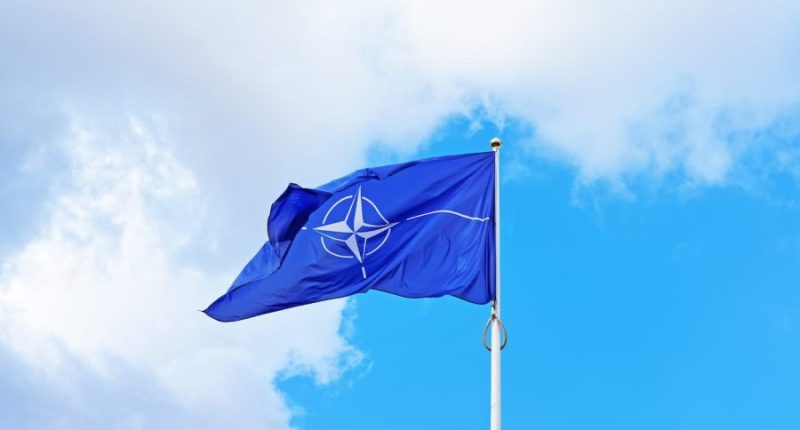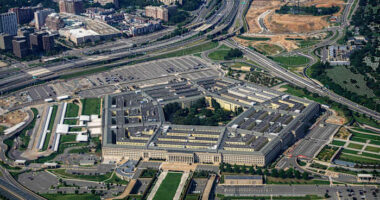Share this @internewscast.com

() U.S. strikes on Iranian nuclear facilities over the weekend have raised fears of broader conflict, with more countries being drawn into the fray.
The strikes come just ahead of a NATO summit and raise the question of whether U.S. involvement in the conflict that began with Israel and Iran could expand to include other member countries.
European leaders have called for de-escalation and diplomatic solutions, but it’s unclear whether leaders will heed that call, with Israel continuing to launch strikes on Iran and the U.S. having hinted at possible strikes in the future if Iran doesn’t capitulate.
Article Five of the North Atlantic Treaty says that an attack on one member state is an attack on them all, an agreement that NATO countries will come to each other’s defense.
The U.S. has not formally declared war on Iran and Vice President JD Vance said the U.S. is not at war with Iran, but is at war with Iran’s nuclear program.
However, the decision to strike Iran has opened Pandora’s box, former diplomat Brett Bruen told .
“When you fire missiles into another country and knock out their military capabilities, that is the very definition of war. There’s, in fact, something called the law of war. It also allows for, under that law, the party that was attacked to respond in kind,” he said.
President Donald Trump has said he wants Iran to come to the negotiating table. But Iran’s leadership said before the strikes that any U.S. attacks on Iranian soil would be considered an act of war.
Iran has not yet retaliated for the strikes but has warned that it will do so with greater force. It’s also not clear there would be enough trust for Iran to consider a deal,
“Why the heck should Tehran believe that Trump is going to honor a deal? Why should they take him at his word when he said, I’ll give you two weeks and then he gave them two days?” Bruen said.
While Iran has non-military options, including closing the Strait of Hormuz, which would drive up oil prices, the country has also threatened to strike U.S. assets in the region.
NATO has stood by the U.S. before, when Article 5 was invoked after the 9/11 attacks. But those attacks weren’t prompted by any U.S. military action.
Trump has also distanced himself from NATO, seeking closer alliances with traditional adversaries like Russia and at times snubbing traditional NATO allies.
The president has also rankled NATO members by demanding they up their defense spending to 5% of their GDP, while not requiring the U.S. to do the same. He’s also been sharply critical of the alliance, taking the stance that the U.S. has put more into NATO than it has gotten out of the agreement.
“This, quite frankly, also speaks to the need for Trump to more closely coordinate with NATO allies,” Bruen said.












